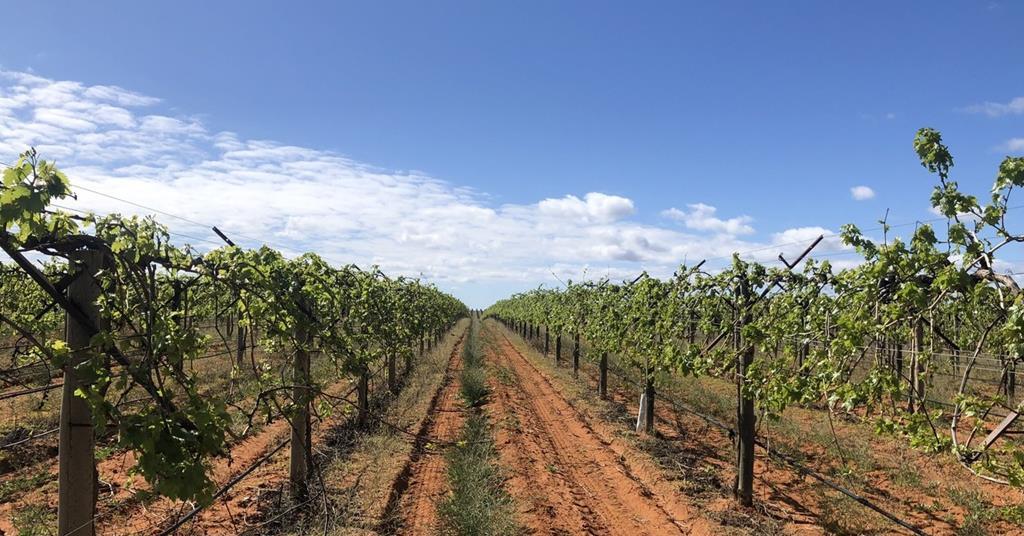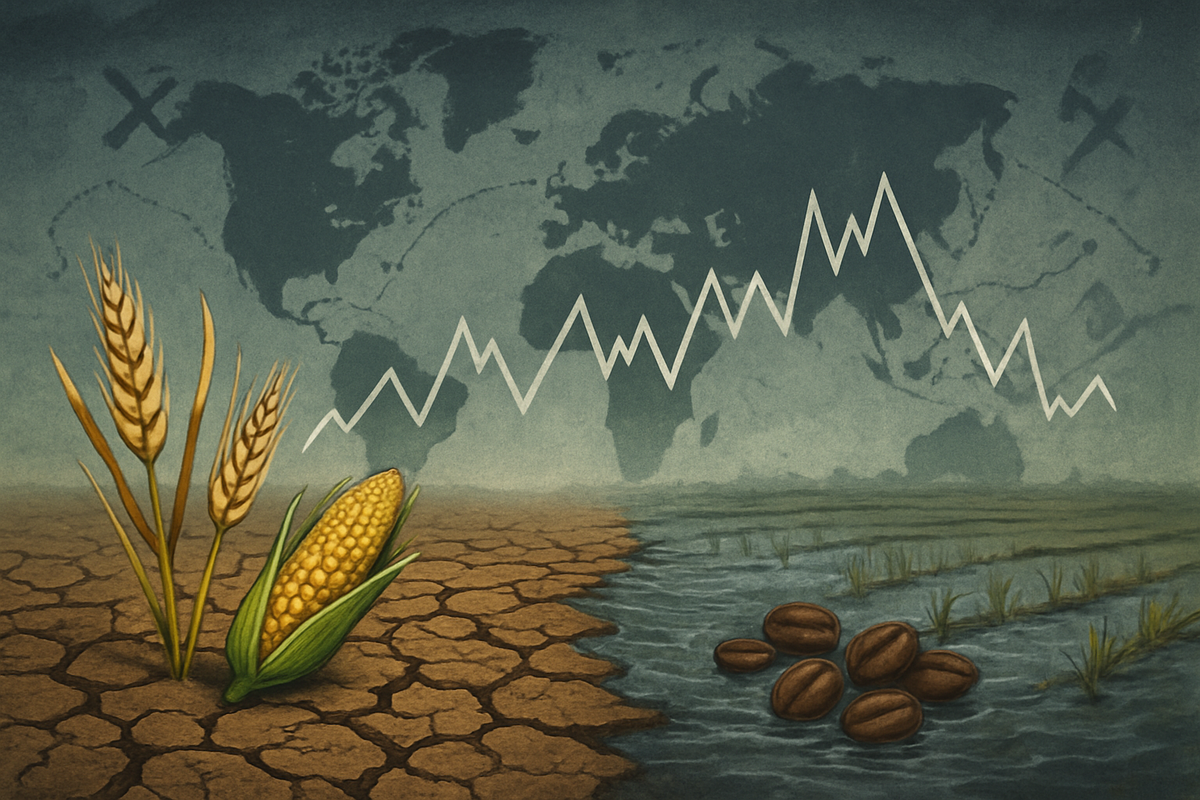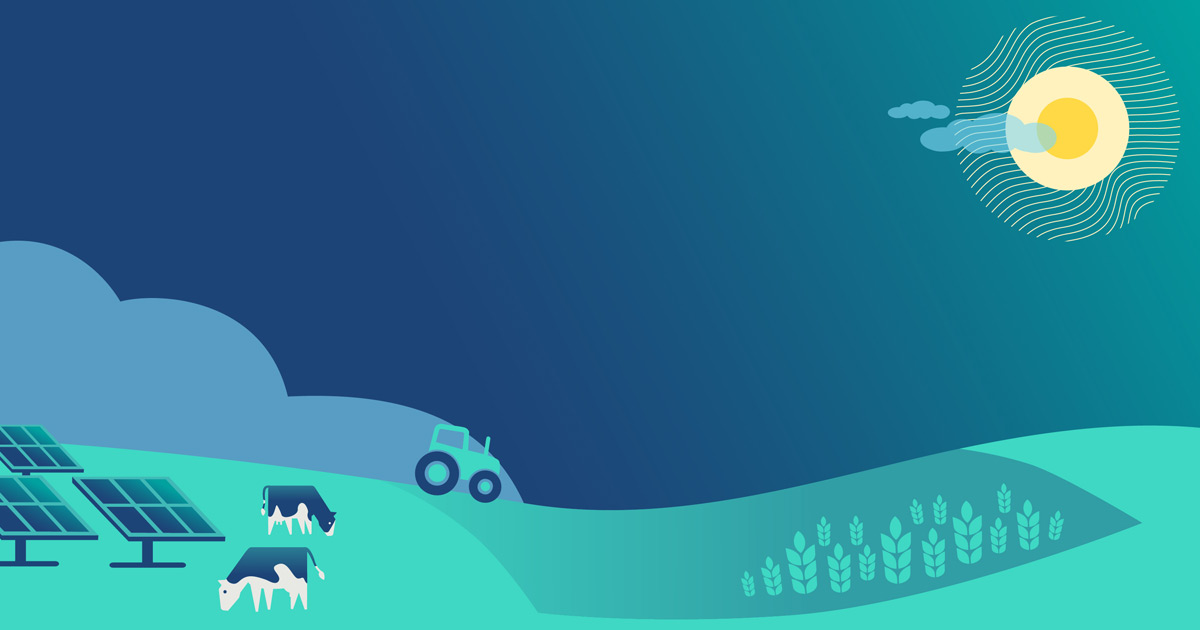Farmers devastated by dramatic decline in annual harvest of key crop: ‘Yield is very low’ – The Cool Down

Report on Agricultural Disruption in Northern Iraq and its Implications for Sustainable Development Goals
1.0 Executive Summary
An agricultural crisis is unfolding in the Balakayati region of northern Iraq, where an unusually severe apple harvest failure threatens local economies and food security. This event highlights the direct impact of climate-related disruptions on communities and undermines progress toward several key Sustainable Development Goals (SDGs), including SDG 1 (No Poverty), SDG 2 (Zero Hunger), and SDG 8 (Decent Work and Economic Growth).
- Primary Cause: A combination of unseasonably cold weather and spring snowfall decimated apple orchards.
- Immediate Impact: Crop yields have been slashed, with one farmer reporting a decline from 40 tons to 15 tons. Regional production is expected to fall far below the typical 2,000-ton average.
- Economic Pressure: Local farmers face additional hardship from competition with cheaper imported apples, compounding their financial losses.
2.0 Impact on Livelihoods and Food Security
The sharp decline in agricultural output has severe socio-economic consequences, directly challenging the objectives of multiple SDGs.
2.1 Threat to Decent Work and Economic Growth (SDG 8) and Poverty Reduction (SDG 1)
- Income Loss: Farmers are experiencing a catastrophic reduction in income. The neighboring Duhok Governorate reports an estimated 60% drop in production, indicating a widespread regional economic shock.
- Threatened Livelihoods: The failure of a primary regional crop endangers the livelihoods of not only orchard owners but also the wider community dependent on the agricultural sector.
- Market Instability: The influx of imported produce undercuts the viability of local farming, creating an unsustainable economic environment for domestic producers.
2.2 Challenges to Zero Hunger (SDG 2)
- Reduced Food Availability: A significant drop in local harvests diminishes the supply of fresh, locally-sourced food.
- Increased Import Dependence: The region’s reliance on imported food increases, making it more vulnerable to external supply chain disruptions and price volatility.
- Food Affordability: Reduced local supply is likely to drive up consumer prices, affecting access to affordable and nutritious food for the population.
3.0 Climate Change as a Root Cause (SDG 13)
This harvest failure is symptomatic of a larger global trend of agricultural disruption driven by climate change, directly relating to the urgency of SDG 13 (Climate Action).
- Erratic Weather Patterns: Unseasonable frost, hail, and late snowfalls are becoming more frequent globally, disrupting established growing seasons.
- Global Precedent: The situation in Iraq mirrors similar crises faced by olive farmers in Spain and cherry producers in the United States, demonstrating the systemic vulnerability of global food systems.
- Systemic Risk: These climate-induced events pose a direct threat to the stability of food production and rural economies worldwide.
4.0 Mitigation Strategies for Sustainable Production (SDG 12 & SDG 15)
Addressing this crisis requires both immediate support and long-term strategies focused on building resilience and promoting sustainable practices, in line with SDG 12 (Responsible Consumption and Production) and SDG 15 (Life on Land).
- Local Agricultural Support:
- Implement replanting programs to restore orchards.
- Invest in improved irrigation systems to manage water resources more effectively.
- Long-Term Resilience Building:
- Develop and introduce more cold-resistant plant varieties.
- Adopt sustainable agricultural practices, such as soil restoration, to enhance ecosystem health (SDG 15).
- Utilize precision weather forecasting to help farmers adapt to changing conditions.
- Promoting Responsible Consumption (SDG 12):
- Encourage consumers to support local farmers by purchasing domestic produce.
- Implement initiatives to reduce food waste at all levels of the supply chain.
Analysis of Sustainable Development Goals in the Article
1. Which SDGs are addressed or connected to the issues highlighted in the article?
-
SDG 1: No Poverty
The article connects to this goal by highlighting how the poor apple harvest threatens the livelihoods and income of farmers. The text states that the decline “threaten[s] the livelihoods of orchard owners” and leaves “farmers without income,” directly impacting their economic well-being and pushing them towards poverty.
-
SDG 2: Zero Hunger
This is a central theme. The article discusses a massive decline in food production (“slashing yields,” “60% drop in production”). This impacts food security by driving up prices for consumers, affecting “access to affordable, healthy food,” and increasing “dependence on imported produce.” The proposed solutions, such as developing resilient plant varieties and sustainable agricultural practices, directly relate to achieving food security and promoting sustainable agriculture.
-
SDG 8: Decent Work and Economic Growth
The economic impact on the local agricultural sector is a key issue. The reduced harvest leads to significant financial losses for farmers, as exemplified by the farmer whose yield dropped from 40 tons to 15 tons. This undermines the economic viability of farming in the region, affecting local economies and the goal of productive employment for all.
-
SDG 12: Responsible Consumption and Production
The article touches upon this goal by mentioning the competition from “cheaper imported apples flooding markets,” which relates to production and trade patterns. Furthermore, it suggests consumer-level solutions like “buying local produce” and “reducing food waste,” which are core principles of responsible consumption.
-
SDG 13: Climate Action
The article explicitly attributes the crop failure to climate-related factors, such as “unusually cold weather and spring snowfall” and links these events to broader “global temperatures shift” and “erratic weather patterns.” The discussion on adapting to these changes through “climate-resilient agriculture,” “cold-resistant plant varieties,” and “precision weather forecasting” directly addresses the need for climate action and adaptation.
2. What specific targets under those SDGs can be identified based on the article’s content?
-
SDG 1: No Poverty
- Target 1.5: By 2030, build the resilience of the poor and those in vulnerable situations and reduce their exposure and vulnerability to climate-related extreme events and other economic, social and environmental shocks and disasters.
The article directly discusses the vulnerability of farmers to “unseasonable frost, hail, and late snowfalls,” which are climate-related extreme events. The proposed solutions like crop insurance and resilient plant varieties are measures to build their resilience.
- Target 1.5: By 2030, build the resilience of the poor and those in vulnerable situations and reduce their exposure and vulnerability to climate-related extreme events and other economic, social and environmental shocks and disasters.
-
SDG 2: Zero Hunger
- Target 2.1: By 2030, end hunger and ensure access by all people, in particular the poor and people in vulnerable situations, including infants, to safe, nutritious and sufficient food all year round.
The article highlights how harvest failures lead to “higher food costs” and affect “access to affordable, healthy food,” which is a direct challenge to this target. - Target 2.3: By 2030, double the agricultural productivity and incomes of small-scale food producers, in particular women, indigenous peoples, family farmers, pastoralists and fishers, including through secure and equal access to land, other productive resources and inputs, knowledge, financial services, markets and opportunities for value addition and non-farm employment.
The article focuses on the dramatic decrease in productivity (from 40 tons to 15 tons for one farmer) and income (“undercutting their already reduced earnings”), which is the opposite of the goal stated in this target. - Target 2.4: By 2030, ensure sustainable food production systems and implement resilient agricultural practices that increase productivity and production, that help maintain ecosystems, that strengthen capacity for adaptation to climate change, extreme weather, drought, flooding and other disasters and that progressively improve land and soil quality.
This target is addressed through the proposed solutions, such as “improved irrigation systems,” “developing more cold-resistant plant varieties,” “sustainable water management practices,” and “climate-resilient agriculture — from soil restoration to precision weather forecasting.”
- Target 2.1: By 2030, end hunger and ensure access by all people, in particular the poor and people in vulnerable situations, including infants, to safe, nutritious and sufficient food all year round.
-
SDG 12: Responsible Consumption and Production
- Target 12.3: By 2030, halve per capita global food waste at the retail and consumer levels and reduce food losses along production and supply chains, including post-harvest losses.
The article explicitly suggests that “everyday consumers can help too, by… reducing food waste.”
- Target 12.3: By 2030, halve per capita global food waste at the retail and consumer levels and reduce food losses along production and supply chains, including post-harvest losses.
-
SDG 13: Climate Action
- Target 13.1: Strengthen resilience and adaptive capacity to climate-related hazards and natural disasters in all countries.
The entire article is an example of a climate-related hazard impacting a community. The discussion about adapting through replanting programs, improved irrigation, crop insurance, and developing cold-resistant varieties is centered on strengthening resilience and adaptive capacity.
- Target 13.1: Strengthen resilience and adaptive capacity to climate-related hazards and natural disasters in all countries.
3. Are there any indicators mentioned or implied in the article that can be used to measure progress towards the identified targets?
-
Indicator for Target 2.3 (Agricultural Productivity and Income)
The article provides direct quantitative data that can be used as indicators of agricultural productivity.
Mentioned Indicators:- Crop Yield: The specific example of a farmer’s yield dropping from “40 tons” to “15 tons” is a direct measure of productivity per orchard.
- Total Regional Production: The typical production of “2,000 tons of apples each season” serves as a baseline against which to measure the current low yield.
- Percentage Drop in Production: The “estimated 60% drop in production” in Duhok Governorate is a clear indicator of a decline in agricultural output.
-
Indicator for Target 1.5 & 13.1 (Resilience and Adaptation)
The article implies several indicators that could measure the adoption of resilience and adaptation strategies.
Implied Indicators:- Adoption of Resilient Practices: The number or percentage of farms implementing “improved irrigation systems,” “sustainable water management practices,” or using “cold-resistant plant varieties.”
- Access to Financial Protection: The number or percentage of farmers covered by “crop insurance.”
- Government/Institutional Support: The scale and success of “replanting programs” initiated by agricultural officials.
4. Table of SDGs, Targets, and Indicators
| SDGs | Targets | Indicators |
|---|---|---|
| SDG 1: No Poverty | 1.5: Build the resilience of the poor to climate-related extreme events. | (Implied) Number of farmers losing income due to climate events; Number of farmers covered by crop insurance. |
| SDG 2: Zero Hunger | 2.3: Double the agricultural productivity and incomes of small-scale food producers. | (Mentioned) Change in crop yield per farm (e.g., from 40 tons to 15 tons); Percentage change in regional production (e.g., 60% drop). |
| 2.4: Ensure sustainable food production systems and implement resilient agricultural practices. | (Implied) Area of agricultural land under resilient practices (e.g., improved irrigation, soil restoration); Number of cold-resistant plant varieties developed and adopted. | |
| SDG 12: Responsible Consumption and Production | 12.3: Halve per capita global food waste. | (Mentioned as a solution) Rate of food waste reduction at the consumer level. |
| SDG 13: Climate Action | 13.1: Strengthen resilience and adaptive capacity to climate-related hazards. | (Implied) Number of adaptation strategies implemented (e.g., replanting programs, precision weather forecasting); Percentage of farmers adopting climate-resilient practices. |
Source: thecooldown.com
What is Your Reaction?
 Like
0
Like
0
 Dislike
0
Dislike
0
 Love
0
Love
0
 Funny
0
Funny
0
 Angry
0
Angry
0
 Sad
0
Sad
0
 Wow
0
Wow
0














































.jpg.webp?itok=0ZsAnae9#)







:focal(1500,1000)/https://media.globalcitizen.org/a6/9a/a69a4720-d8a1-4715-b596-18738d03c05c/rotary_polio_hero_image.jpg?#)

/countries/sri-lanka/photo-credit---dmc-sri-lanka.tmb-1200v.jpg?sfvrsn=dc298bcc_1#)




















